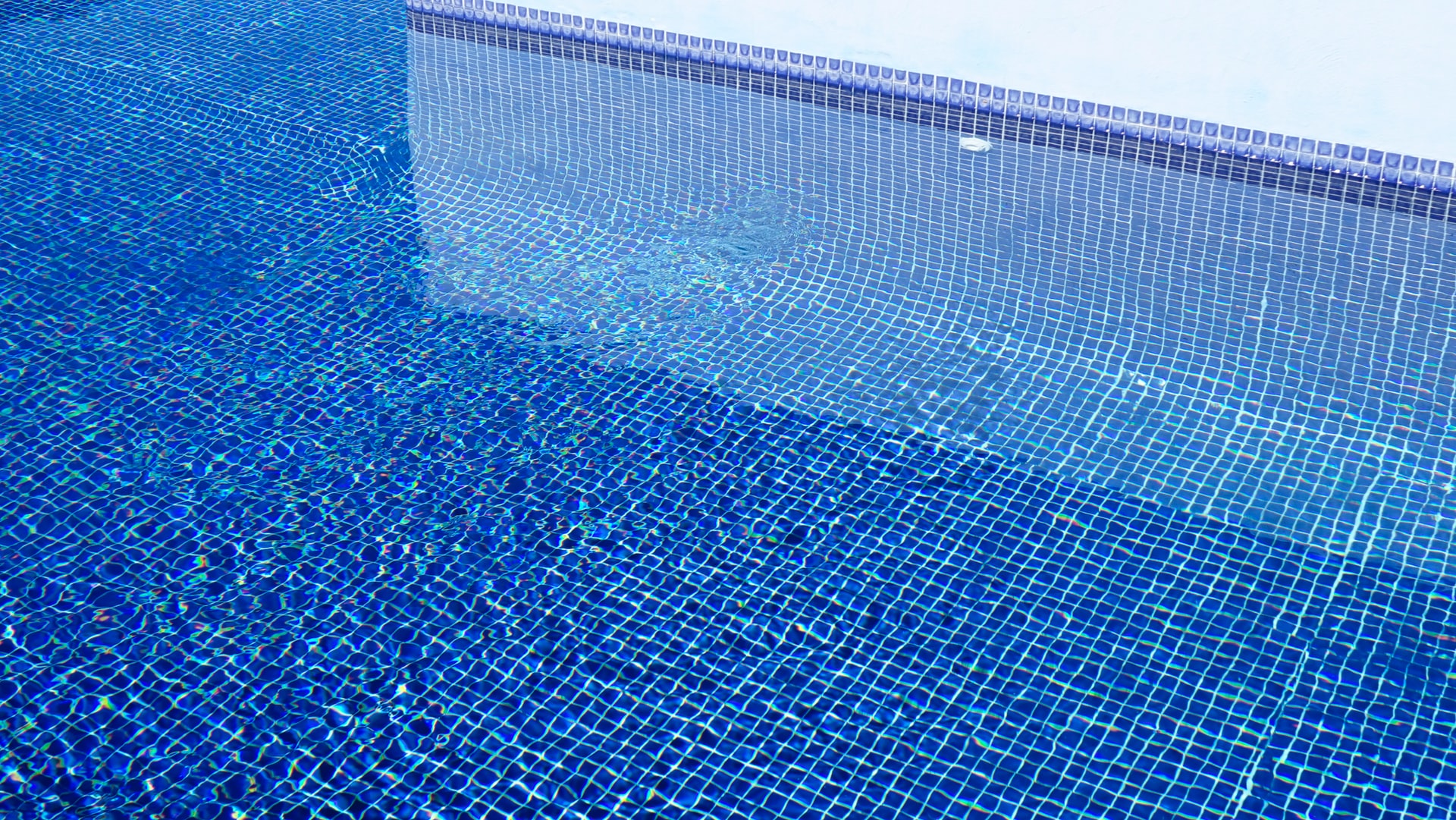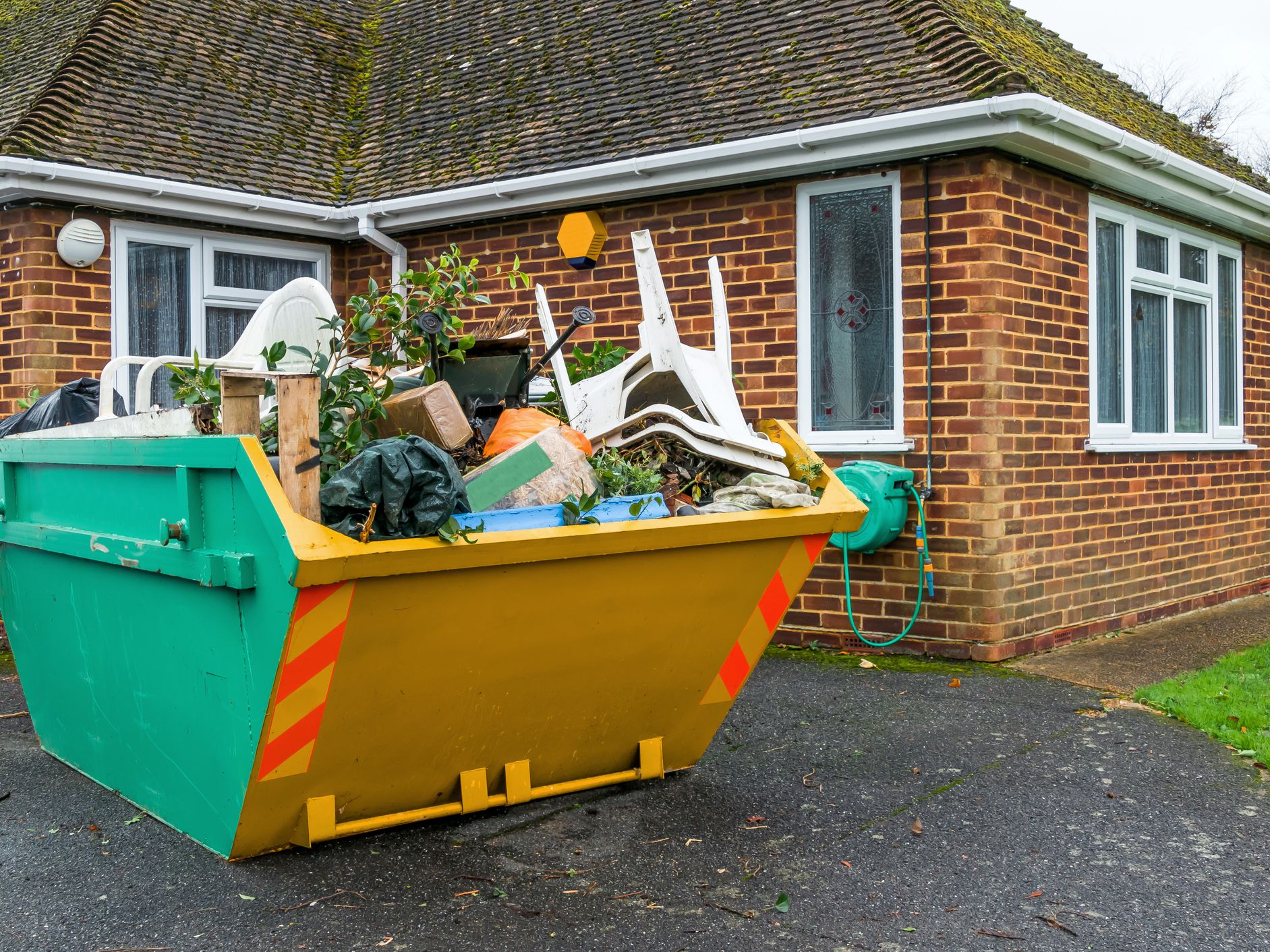The quantity of water a tree needs depends on lots of variables, including the age and also types of the tree, the time of year, weather and also soil type. As a rule, freshly planted and young trees need more frequent watering than older, reputable trees.
What does overwatering look like?
The most obvious sign of overwatering is wilting. As stated above, leaves will turn yellow and wilted – not crisp and green. Wilting can also occur throughout the plant, including the stem, buds and flowers. You will also notice the plant growing especially slow.
Different kinds of trees will certainly need various quantities of water, so it is necessary that you get off to a great beginning. If your tree did not come with a treatment tag, study the tree's species online. You can additionally look at publications in the collection, ask an arborist, or see your local baby room. Switch over to a container if you can not get to the tree with a pipe.
Values & Advantages Of Trees
Shrivelled shoots, yellow leaves and fungus growth are indicators of trees that have been over watered. You don't require to do this whenever you water the tree-- simply the first time you grow the tree.

Which trees drink the most water?
Trees that Need the Most Water#1 The river birch tree. Although the river birch tree is a beautiful and peaceful-looking tree, it requires a lot of water.

#2 The willow oak tree.
#3 The swamp white oak tree.
#4 The Weeping willow tree.
Deep watering-- which suggests maintaining the dirt moist to a depth that consists of all roots-- can assist quicken root establishment. Unfortunately, there is no magic recipe for tree watering. Elements such as soil kind, weather patterns and the age of trees all impact how much watering needs to be done. Tree watering is a key component of tree care, but it is hard to recommend a specific amount due to the selection of climates.
Why Is This The Best Way To Water Trees?
This would be a standard change for watering trees as well as taking care of stormwater worth billions of dollars, and also billions of gallons of water, across the country. If you're sprinkling trees in dry spell conditions or an area with water constraints, such as California, you'll be grateful this method uses much less water. And also, deep watering is the method to go if you intend to minimize your expensive water expense. Water 3 feet (0.91 m) outside the drip line for established trees. Sprinkling a tree within the drip line is a great general rule, once a tree ends up being well-known, its origins may expand past the drip line. Plan on sprinkling concerning 3 feet (0.91 m) past the drip line to make certain that the roots are equally soaked. It can take several years for a hair transplanted tree to re-establish its root system.
When should you not water your plants?
Aim for between 5 a.m. and 10 a.m. DON'T water in the evening when soil is warm and wet foliage can attract insects, fungus and disease. DO water deeply and at fewer intervals so that you reach roots, the part of the plant that needs the nutrients, sugars and hormones contained in water.
Sandy soil drains pipes water very quick, often too quick for tree origins to be able to use up all the dampness they require. Enough watering is additionally important if the soil you've grown your young tree in is currently on the completely dry side. The completely dry soil will automatically pull water from the wetter rootball to stabilize the water circulation where the two materials meet, leaving the tree without sufficient wetness. A newly-planted tree's origins only expand regarding the rootball. Any kind of water in the dirt that's beyond the reach of the tree's rootball can't be absorbed. And since that rootball isn't very large when the tree is very first grown, it's important to supply enough water around the rootball.
Sprinkling a newly grown tree depends upon things like the amount of rainfall you enter your location, wind problems, temperatures, what period it is, and also exactly how well the soil drains pipes. Many trees do not survive the shock of a transplant and the top factor entails water. Too little irrigation will certainly kill a newly planted tree, yet so will excess water if the tree is permitted to being in it. To include in the complexity of water, soil, london tree watering and also trees, your dirt's deepness is likewise crucial to how much water you'll require for your young tree. Shallow dirt simply can't hold the quantity of water that deep dirt can so your young tree's roots will certainly require much more frequent watering. The stress of transplanting can trigger trees to drop some or all of their fallen leaves, so be sure to provide adequate water to lessen hair transplanting anxiety. If your young tree is planted to name a few trees or bushes, watering is essential because the origins of these other, well-known plants will certainly compete for water with your brand-new tree.
- As stated, if the tree's fallen leaves look wilted or blistered even though you have faithfully been watering, it's rather possible that there is too much dirt wetness for the tree to manage.
- Each varieties of tree will have various watering demands, but the standard strategies will certainly be essentially the same.
- For the very first several months after planting, most of the tree's origins are still within the original origin sphere.
- Since decay fungis spread their spores a lot in the loss and injuries appear to heal more gradually on loss on cuts, this is a good time to leave your pruning tools in storage space.
GFS Services Ltd
40168 Talbot Line
St Thomas
ON
N5P 3T2
Canada
519-633-1391